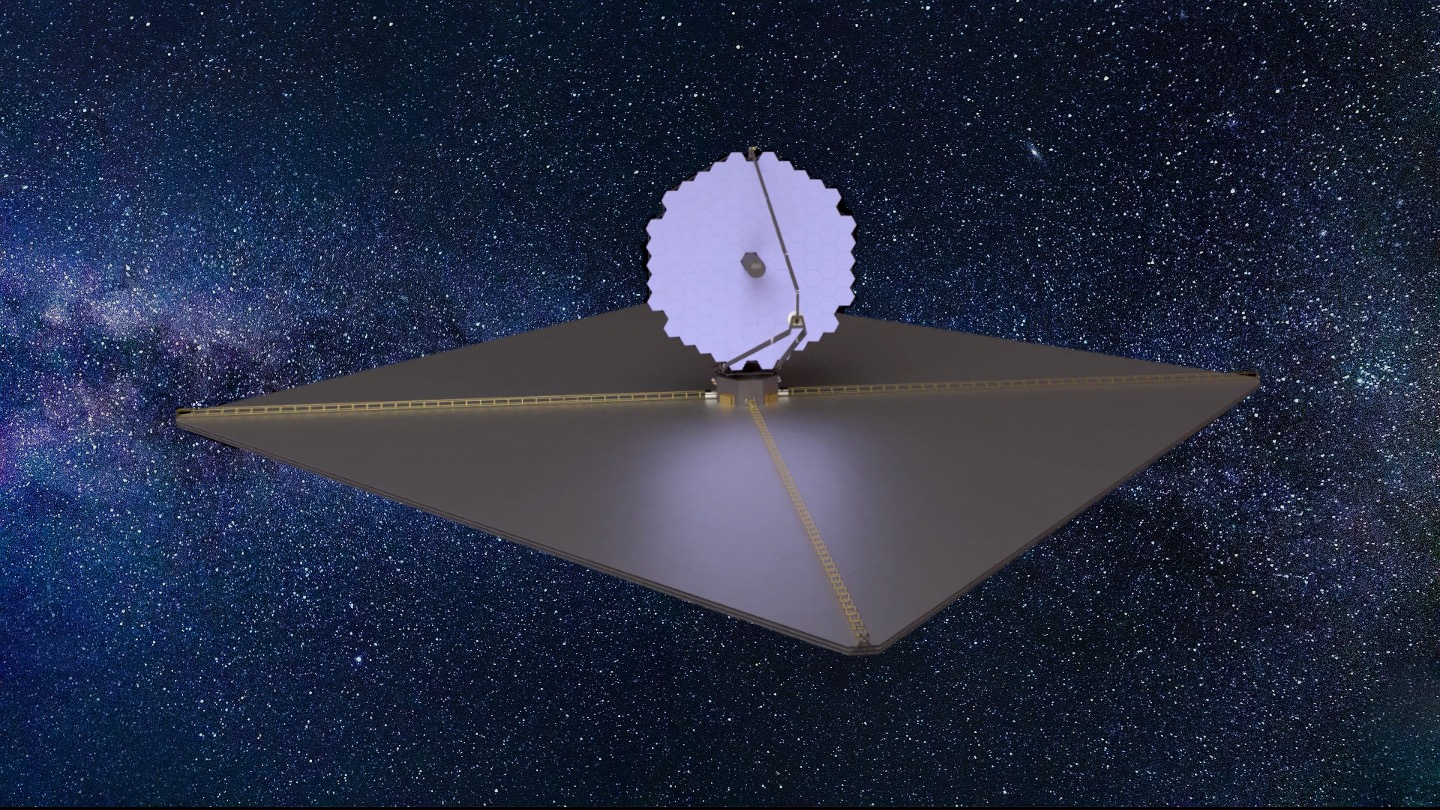When the James Webb Space Telescope aims at exoplanet atmospheres, it’ll use spectroscopy to identify chemical elements. One of the things it’s looking for is methane, a chemical compound that can indicate the presence of life.
Methane is a compelling biosignature. Finding a large amount of methane in an exoplanet’s atmosphere might be our most reliable indication that life’s at work there. There are abiotic sources of methane, but for the most part, methane comes from life.
But to understand methane as a potential biosignature, we need to understand it in a planetary context. A new research letter aims to do that.
Continue reading “It’s Not Conclusive, But Methane is Probably the Best Sign of Life on Exoplanets”

